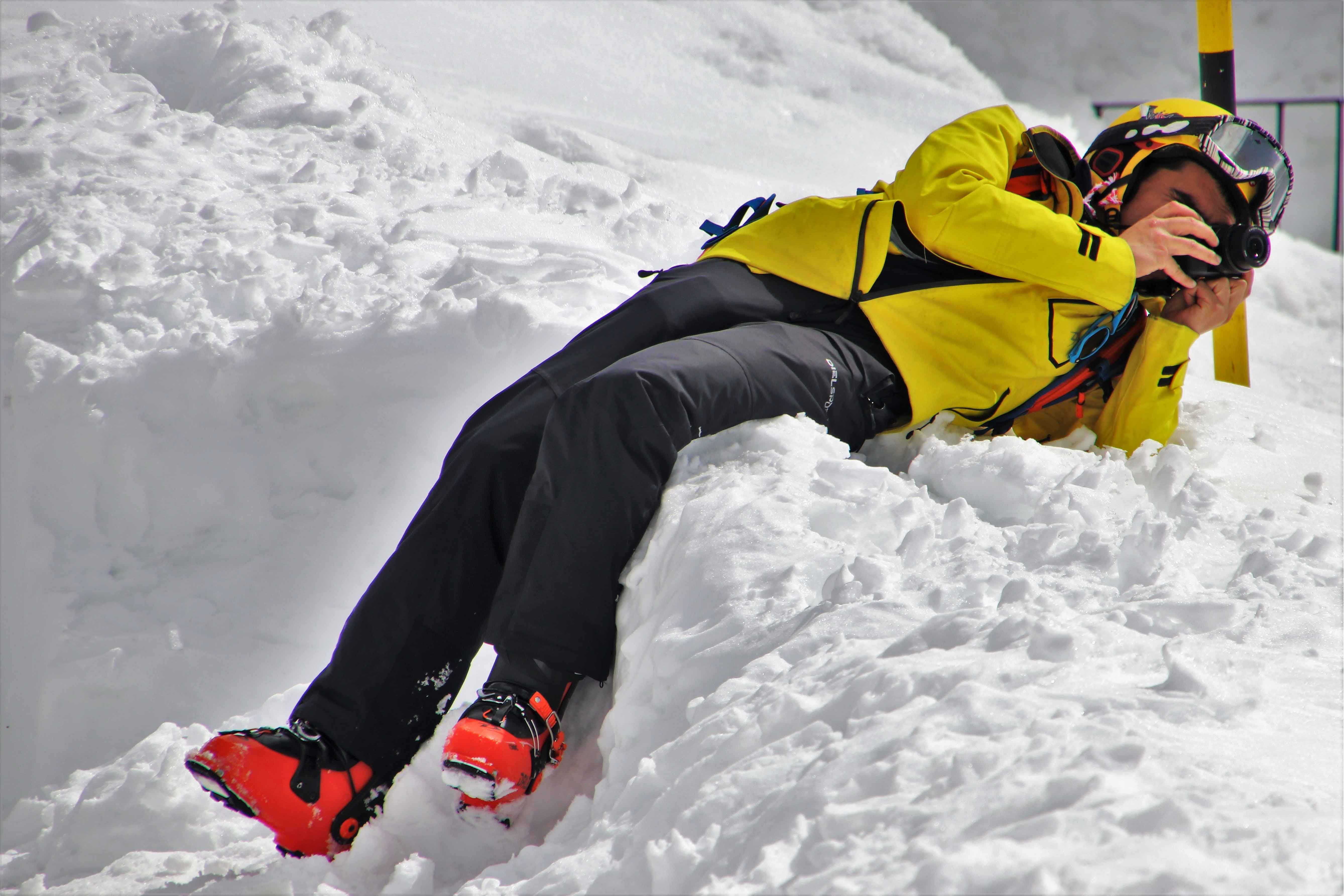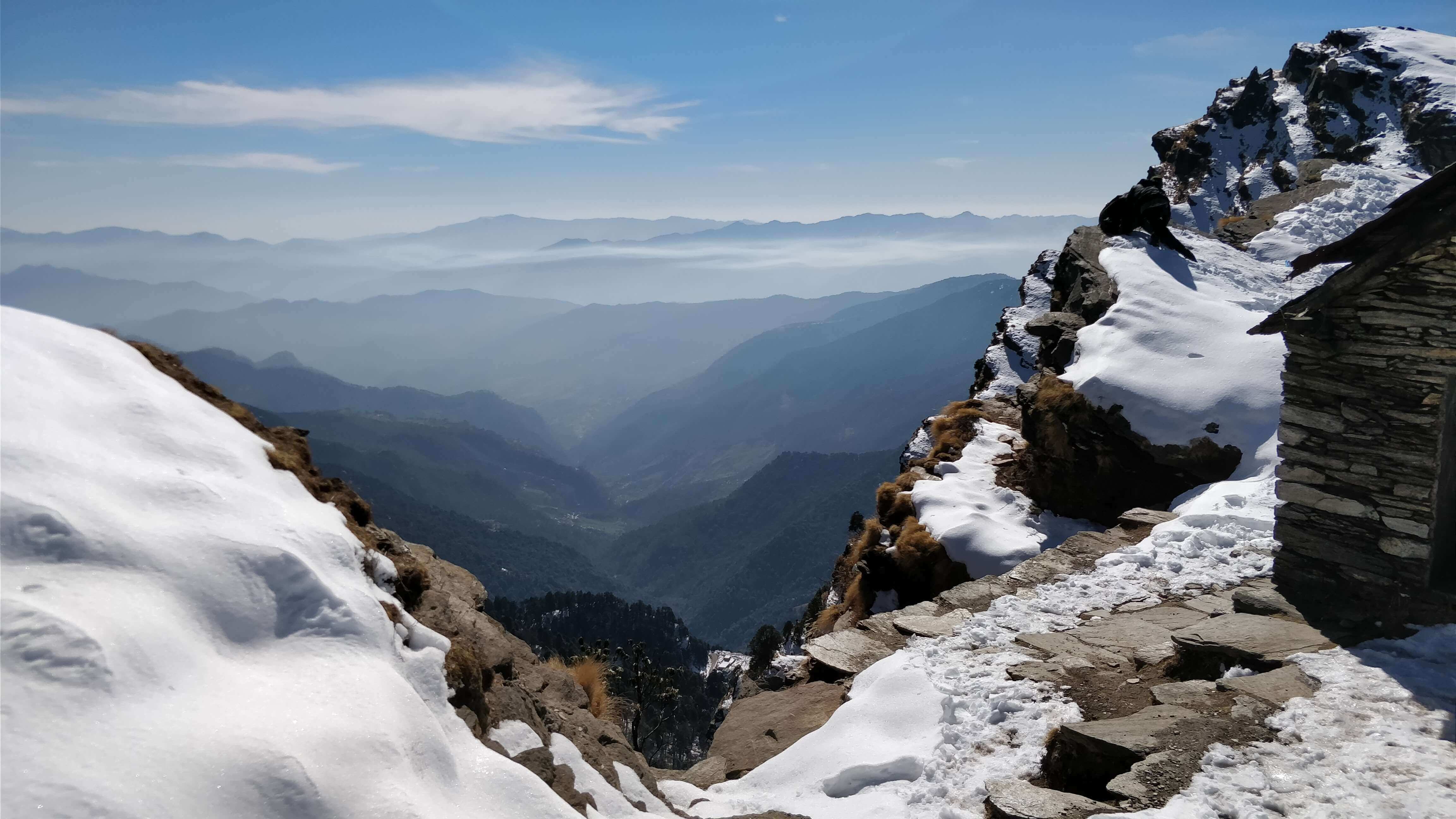1. Keep Your Gear Dry
Nothing will ruin a day of shooting like getting your gear wet, and potentially doing permanent damage to your cameras or lenses. Check to make sure your equipment is weather-sealed (usually in your camera manual) and take extra precautions when changing lenses.
2. Hand Warmers
Hand warmers are one of my favorite inventions of all time. Not only will they keep your hands warm, but you can also utilize hand warms to keep your gear warm! Toss one on your lens to keep your internal mechanics and electronics functioning in extreme temperatures. Strategically placed hand warmers could extend your winter photo trips for hours — which means more awesome snowy photos!

3. Camera Bag
This may sound obvious, but you’re going to need a good camera bag or backpack before you go shooting in the snow and cold. If you already have a bag, check to see if it’s all-weather, water-resistant or water-proof. You wouldn’t want to be shooting for hours, thinking your equipment is dry, only to find out it’s been sitting in a bag of water while you’ve been shooting.
4. Tripod Caution
Chances are, your tripod has some metal components, whether that aluminum legs, clamps, or base plates. Use gloves when handling your tripod to avoid your skin freezing to the metal. You can also pick up some Tripod Leg Sleeves to protect your hands and your equipment.
5. Extra Batteries
As many of you probably already know, the cold will have a negative impact on the life and performance of your batteries. Always carry extra batteries (I recommend this on every shoot) and keep them in a warm place if possible, like a jacket pocket.
6. Stay Warm, Use Layers
The best way to stay warm is to dress in breathable layers! Remember to protect your extremities like your hands, feet, and head — a lot of your body heat is lost through your head. Be sure to wear waterproof and water-resistant outerwear in the snow and rain. Being wet AND cold is not only uncomfortable but can be dangerous and cause hypothermia.

7. Expose to the Right (ETTR)
Over Expose! Yes, you heard me right. This is a useful hack for shooting in super bright locations, like a sunny, snowy day.
Your camera’s light meter has one goal: make your image the equivalent of 50% grey. So in a bright scene such as snow, your meter will always tell you that your snow is over-exposed, even when it isn’t. This will turn your snow a dark, 50% grey. To “trick” your camera, you can over-expose by a stop or two manually or by using exposure compensation. This will give you accurate looking white snow, without actually overexposing your photo.
8. UV Filter, Lens Hood
Protect your glass! Rain and snow, especially in cities will contain varying levels of acidic pollution. A UV filter will protect the front element of your lens from precipitation — you can replace a damaged UV filter easily. Having a lens hood, (yes, that round ring thing you took out of the box and never actually used) will help keep rain, snow, and sleet off your lens.
9. Bad Weather = Good Photos
Terrible weather can make for great photographs because of dramatic clouds or atmospheric conditions that give depth. Additionally, no one wants to be out in bad weather, so you’re already one step ahead of other photographers.
10. The Buddy System
Bring a buddy! I recommend this for safety and to have someone to talk to. If something should happen in the cold, such as an injury, it’s a good idea to have a wingman to help you out. It’s also helpful to have someone to talk to, bounce ideas off of, and even distract you when it’s a little chilly and you feel like quitting.
